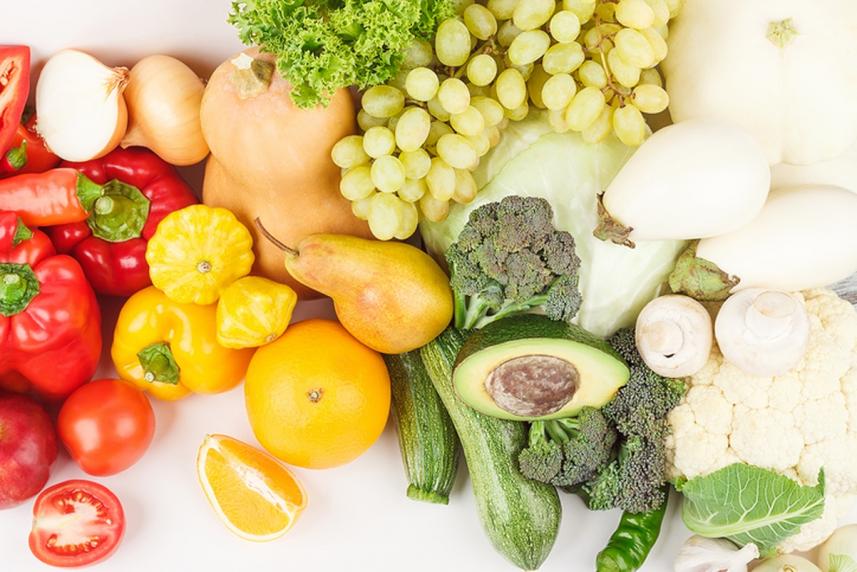Eat to Beat Diabetes
A smarter approach to managing your blood sugar with food

Making healthy food choices isn’t always easy. Add diabetes to the equation and it’s a downright challenge. That’s because what you eat is going to impact your blood sugar, and your goal is to keep it in the middle range for the right energy metabolism and to help prevent complications of diabetes.
“Instead of worrying about what you can’t eat, focus on what foods you get to eat,” says diabetes nutrition expert Rahaf Al Bochi, a registered dietitian based in Atlanta who is a spokesperson for the Academy of Nutrition and Dietetics and owner of Olive Tree Nutrition. “Whatever your favorite food is, you can still have it. Look at your whole day and enjoy complete, well-balanced meals. All foods fit!”
Follow her advice for planning meals that leave you feeling in control.
Think whole foods vs. refined foods While many guidelines for eating with diabetes discuss “good vs. bad” carbs, Al Bochi says a simpler approach is to think in terms of whole foods vs. refined or processed foods. “Refined carbs and processed foods have very little to no nutritional value,” she says. “A whole food can be looked at as giving you the complete nutritional value of that food.”
Add variety If you’re eating a wide variety of foods within each of the food groups listed below, you’ll do just fine, says Al Bochi.
- Grains — You know that traditional pasta, white bread, and white rice don’t have a lot going for them nutrition-wise. Whole grains help with blood glucose management, are high in fiber, and contain a host of beneficial vitamins and phytochemicals. But why limit yourself to oatmeal, whole wheat pasta, and brown rice? For a change try quinoa, whole-grain barley, wild rice, bulgur wheat, whole-grain corn and whole rye. Use these different whole-grain foods in mixed dishes, like casseroles, stir-fry and soups. You can even look up recipes for pancakes and baked goods that substitute whole-grain flours or almond meal for refined flour.
- Vegetables — “Focus on eating the rainbow,” Al Bochi says. “The different colors mean you’re getting a wide variety of important vitamins and nutrients.” Canned and frozen varieties are fine, just check labels to make sure you’re not getting added sugars or salt.
- Protein — You’ve seen the nutrition headlines championing the importance of lean proteins. In real world cooking, that translates to chicken and turkey, of course, but also fish, beans, tofu, lentils, hummus, nuts and nut spreads. Al Bochi particularly likes the idea of frequently using plant-based proteins, because they provide healthy fats and fiber.
- Dairy — In addition to being a go-to source for calcium and high-quality protein, certain dairy foods, like non-fat Greek or regular yogurt with no added sugar, can satisfy your sweet tooth.
Pair fruit with a protein It’s a myth that you can’t enjoy fruit if you have diabetes, says Al Bochi, who reminds us that “fruits are a part of a well-balanced diet.” To reduce the rise in blood sugar, eat some protein along with the fruit. Try having a nut butter with your banana as a mid-morning snack, or nibble on cheese and apple slices as an appetizer.
Check portions The USDA’s “My Plate” program choosemyplate.gov is a great visual to check your portion sizes and make sure you’re making healthy food choices and getting nutrients from all five food groups. The basic idea is that vegetables should be the base of each meal, taking up a little more than one-quarter of your plate. Lean proteins and whole grains each get their quarter of the plate, and fruit and dairy round out the meal. “There is no real diabetes diet,” says Al Bochi. “It’s just healthy eating.”



